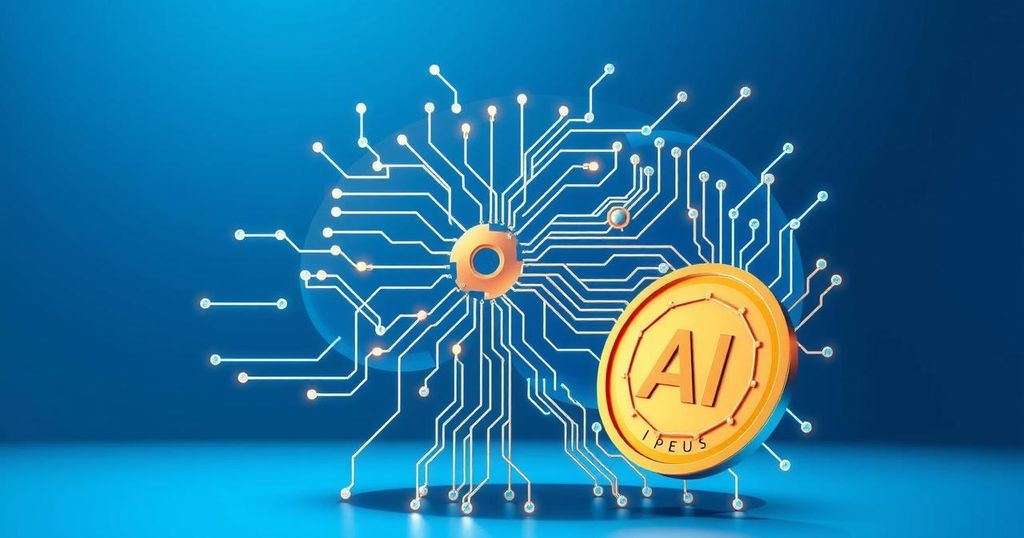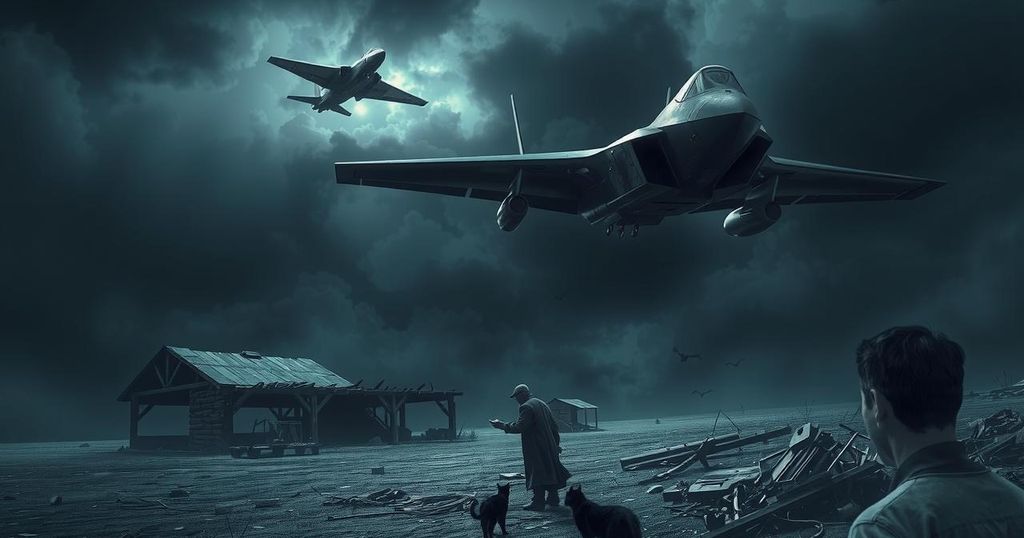The Rise of A.I.: Testing Intelligence Through Puzzles
The article explores the progress of A.I. in surpassing human intelligence through puzzles designed to test problem-solving abilities. Created by François Chollet in 2019, the ARC game challenges A.I. systems to identify visual patterns, revealing both advancements and limitations. OpenAI’s o3 system recently showcased improved performance, yet significant hurdles remain, emphasizing the ongoing quest toward artificial general intelligence (A.G.I.).
The quest for understanding artificial intelligence (A.I.) has sparked questions about its potential to outsmart humans in the near future. Experts, including A.I. researcher François Chollet, designed a unique puzzle game called ARC in 2019. This game challenges machines by testing their pattern recognition in a way that’s deceptively simple for humans, despite being a key resource for evaluating A.I. progress against the goal of achieving artificial general intelligence (A.G.I.).
Chollet’s vibrant puzzles focus on visual patterns. Players examine given examples to discern a pattern that transforms grids of colored squares. Each game consists of prompts and results which players must fill in based on previous examples. Until recently, these puzzles proved almost insurmountable for A.I., which typically learns by analyzing vast datasets from the internet. Although chatbots like ChatGPT can generate language, they struggled with new logic puzzles that required limited examples.
However, a shift occurred in December when OpenAI launched its o3 system, claiming to have surpassed human performance on Chollet’s test. This new A.I. could evaluate different possibilities before answering, igniting discussions about the strides towards A.G.I. Yet, concerns arose about the reliability of benchmark tests like ARC, revealing that such indicators may not fully capture true intelligence.
Arvind Narayanan, a Princeton computer science professor, expressed skepticism about equating ARC test success with A.G.I. progress. While acknowledging OpenAI’s accomplishments at solving the puzzles, he noted the complexity of the challenges still posed. The ARC Prize was initiated by Chollet and Mike Knoop with a $1 million incentive for the first A.I. system to exceed human performance, but no submissions qualified, underscoring the test’s difficulty.
OpenAI’s o3 achieved 87.5% success but faced disqualification from the prize for exceeding competition rules in resource expenses. A more efficient variant of o3 struck a lower score with a minimal cost. Chollet remarked, “Intelligence is efficiency; with these models, they are very far from human-level efficiency.”
As the ARC Prize introduced ARC-AGI-2 with increased puzzle difficulty, Chollet anticipated challenges for both humans and A.I. He confirmed new puzzles would test A.I.’s limits further, highlighting the critical question: Can A.I. adapt to complex situations as effortlessly as humans do?
The evolving complexity of tasks and benchmarks reflects A.I.’s difficulties in holistic tasks compared to human capabilities. Even though companies invest heavily in creating sophisticated chatbots and systems, they continue to falter in common, human-centric tasks. Melanie Mitchell emphasized how understanding social dynamics around mundane actions is inherently human yet remains elusive for machines.
The ARC Prize transformed into a nonprofit aiming to be a guiding light toward A.G.I. The team predicts a two-year timeline for solving ARC-AGI-2 and is already working on its successor for 2026, aiming to include more dynamic, real-world challenges.
While A.I. evolves, defining when it surpasses human intelligence remains a moving target. Mr. Chollet stated, “If it’s no longer possible for people like me to produce benchmarks that measure things that are easy for humans but impossible for A.I., then you have A.G.I.”
Through this journey, the dialogue about intelligence expands—stretching beyond mere puzzles and asserting that human-like understanding and adaptability are still vital measures of cognitive prowess.
Artificial intelligence is inching towards capabilities once thought to be uniquely human, as evidenced by OpenAI’s recent achievements in puzzle-solving. However, benchmarks like ARC reveal that while machines can excel in narrow tasks, they still lack the intuitive understanding and flexibility of human intelligence. As we design ever-more complex challenges, the true measure of A.I.’s cognitive prowess remains an evolving discussion, one filled with intriguing possibilities and essential questions about the nature of intelligence itself.
Original Source: www.nytimes.com




Post Comment